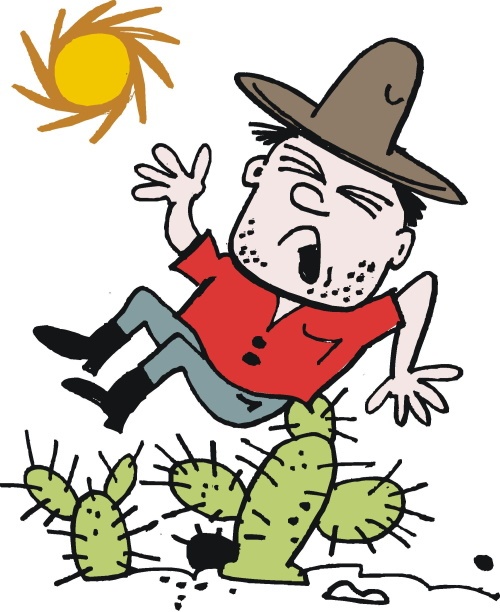Straining because of hard stools is probably the number one cause of anal fissures because as the stool passes through the anal canal it causes a rupture of the lining.
We take our bowel movements for granted until something goes wrong, but this regular occurence actually puts a big stress on the pelvic floor.
Foods High In Fiber
Straining is very common in the Standard American Diet (S.A.D.) and other western diets because of the volume of processed food that we consume. Whole foods like vegetables and fruits contain both soluble and insoluble fiber.
Our bodies need both types of fiber to help bulk our stools and push them through the colon and into the rectum. The trouble with the S.A.D. is it lacks fiber. This, combined with a lack of exercise, makes it difficult for our bodies to create comfortable stools.
Hydration
The issue is often compounded when people don't drink enough water. Many Americans prefer to drink soda with their meals and unfortunately, not all of the water in a soda drink is absorbed because of other chemicals in the drink like salt.
Over the long term, straining puts enormous pressure on the colon walls and gradually weakens the rectal lining. As the lining gets thinner, the elasticity reduces which leaves us more prone to a tear.
This is why nearly 1 in 10 Americans will now suffer from an anal fissure at some point in their lives.
A Simple Way To Avoid Straining
Straining can be avoided by adopting a squat position. Doing so relaxes the pelvic floor and provides a clear passage for the stool to pass through. If you are regularly constipated or find it difficult to avoid straining during a bowel movement, speak to your Physician or a Pharmacist.
You should aim to have a bowel movement on a daily basis.
If you keep it longer than 24 hours between bowel movements, your stools will bulk up. This will put more pressure on the anal lining over the long term.

